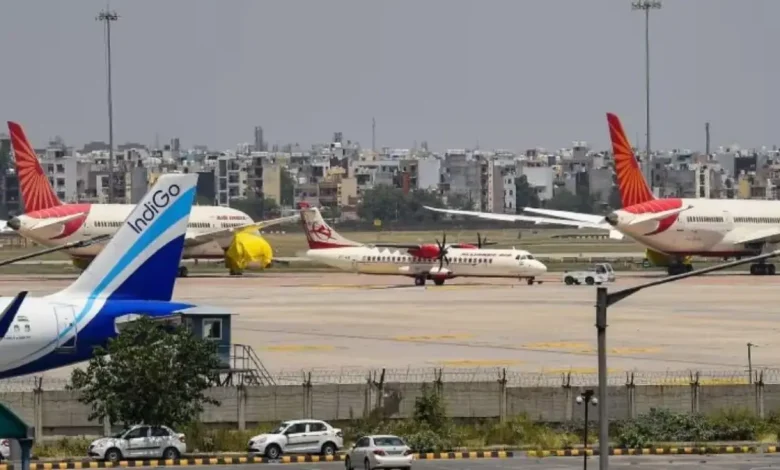
New Delhi : A major incident was averted at Delhi’s Indira Gandhi International Airport (IGIA) after an Ariana Afghan flight from Kabul landed on a runway meant only for take-offs. Flight FG 311 from Kabul landed at Runway 29R at 12.07 pm on Sunday. Fortunately, no aircraft was lined up for departure at the time, preventing what could have been a major accident.
While Runway 29R is designated for departures and 29L for arrivals, the two are occasionally interchanged depending on operational requirements, including wind direction. The probe is being carried out to determine if the Airbus A310 twin-jet aircraft landed on the runway by mistake or whether it was done on the instructions of the Delhi Air Traffic Controller.
The pilot-in-command (PIC) of the Ariana Afghan flight said he lost ILS (Instrument Landing System) at 4NM (nautical miles) after which the aircraft turned right, forcing the captain to land on runway 29R. However, Directorate General of Civil Aviation (DGCA) officials pointed out that the flight was authorised to land on runway 29L and the captain had also acknowledged it.
The DGCA has now launched a probe to investigate the incident. The ILS is a precision radio navigation system that provides short-range guidance to an aircraft allowing it to approach a runway at night, during bad weather and poor visibility. The PIC, the official said, alleged that after the Final Approach Fix, both ILS systems malfunctioned while the aircraft was established on the ILS for runway 29L. The Final Approach Fix (FAF) marks the beginning of the final approach segment of an instrument approach procedure.
“Due to poor visibility and the failure of the ILS guidance, the aircraft unintentionally deviated from the intended approach path. We were not advised by Delhi tower of any deviation during the approach,” the PIC told the authorities. After landing, the pilot said he “noticed that he had landed at runway 29R,” according to the official. The runway deviation occurred as a result of the ILS system failure and the associated loss of lateral guidance in low-visibility,” the PIC said.




